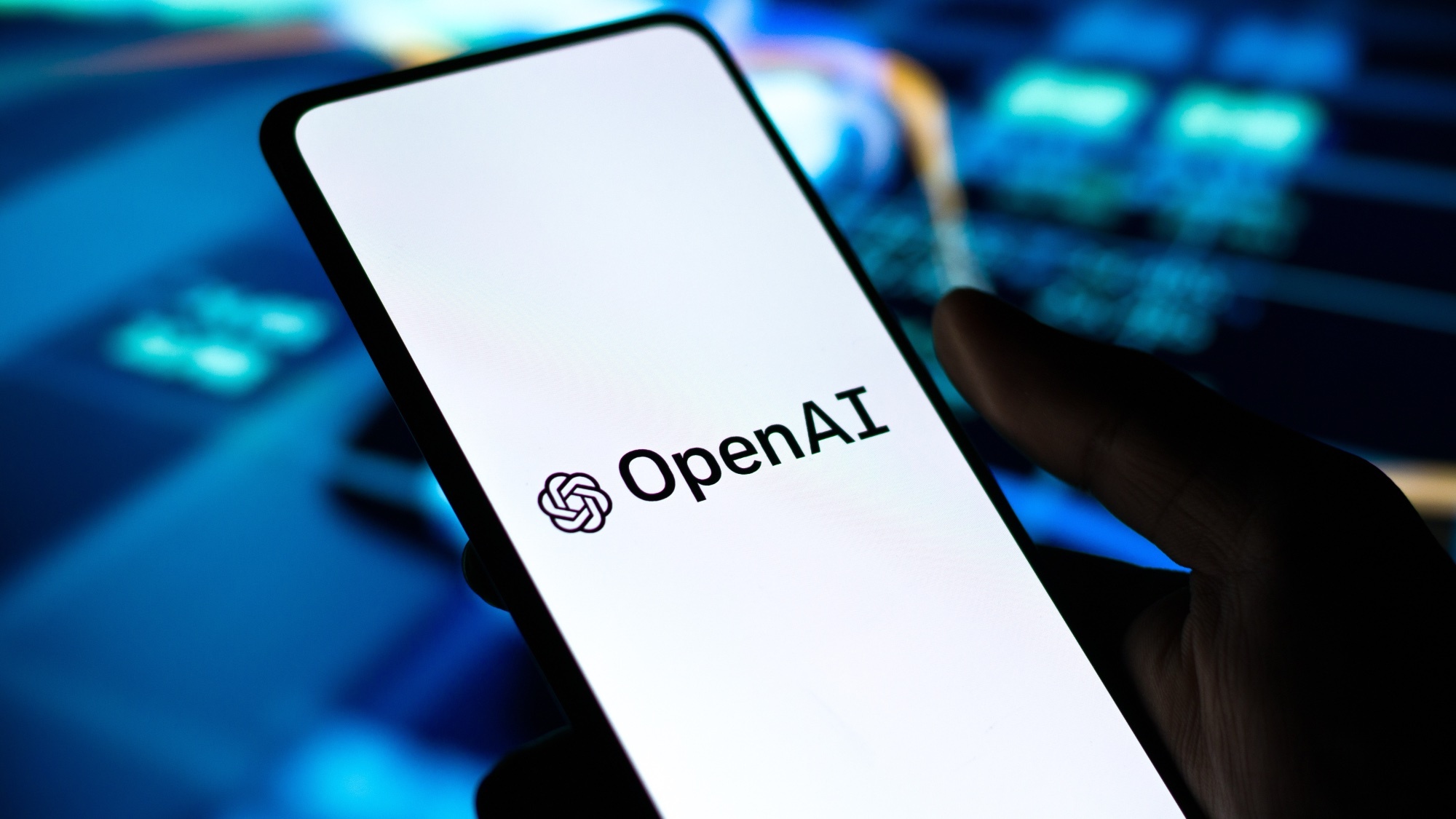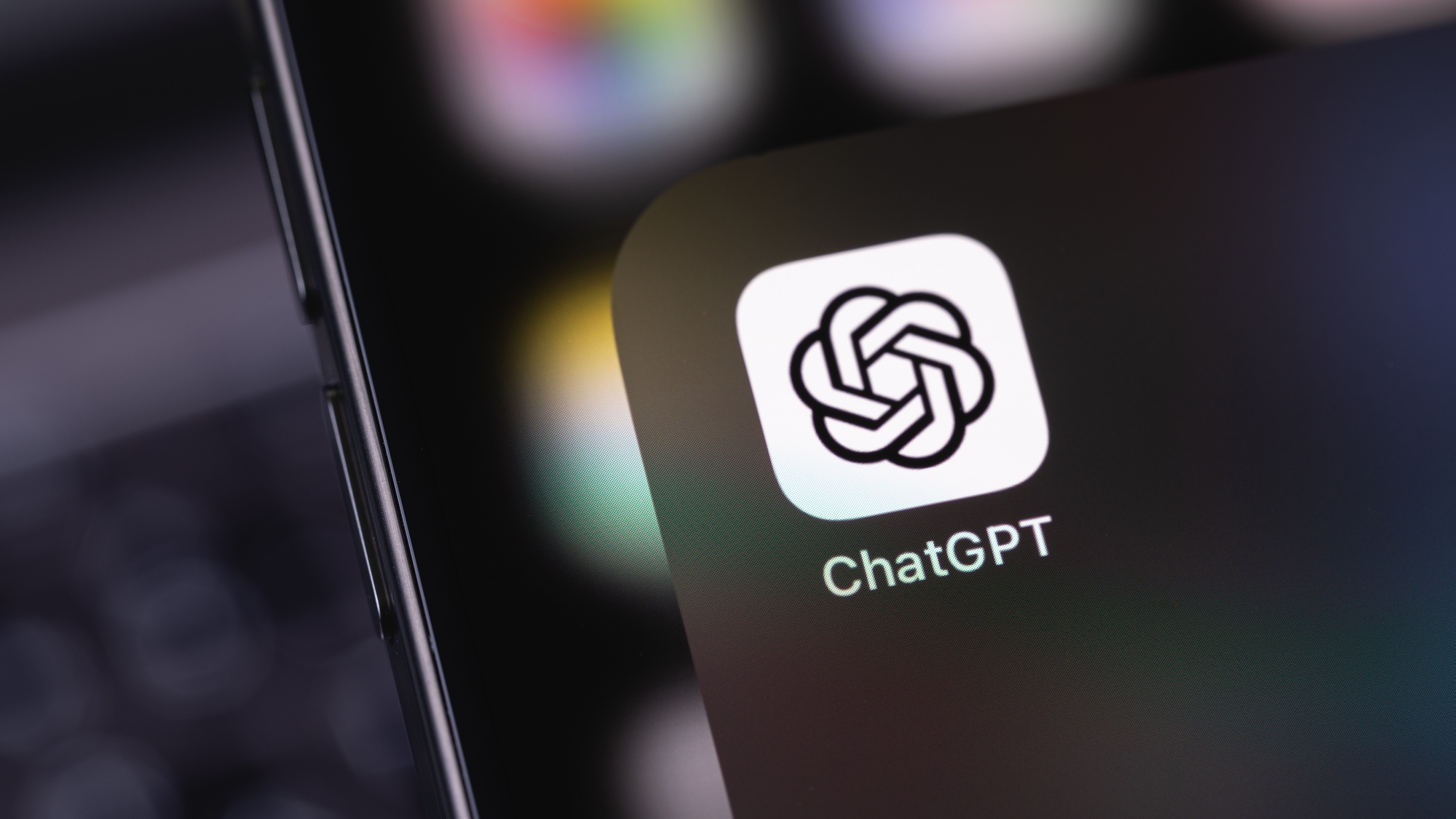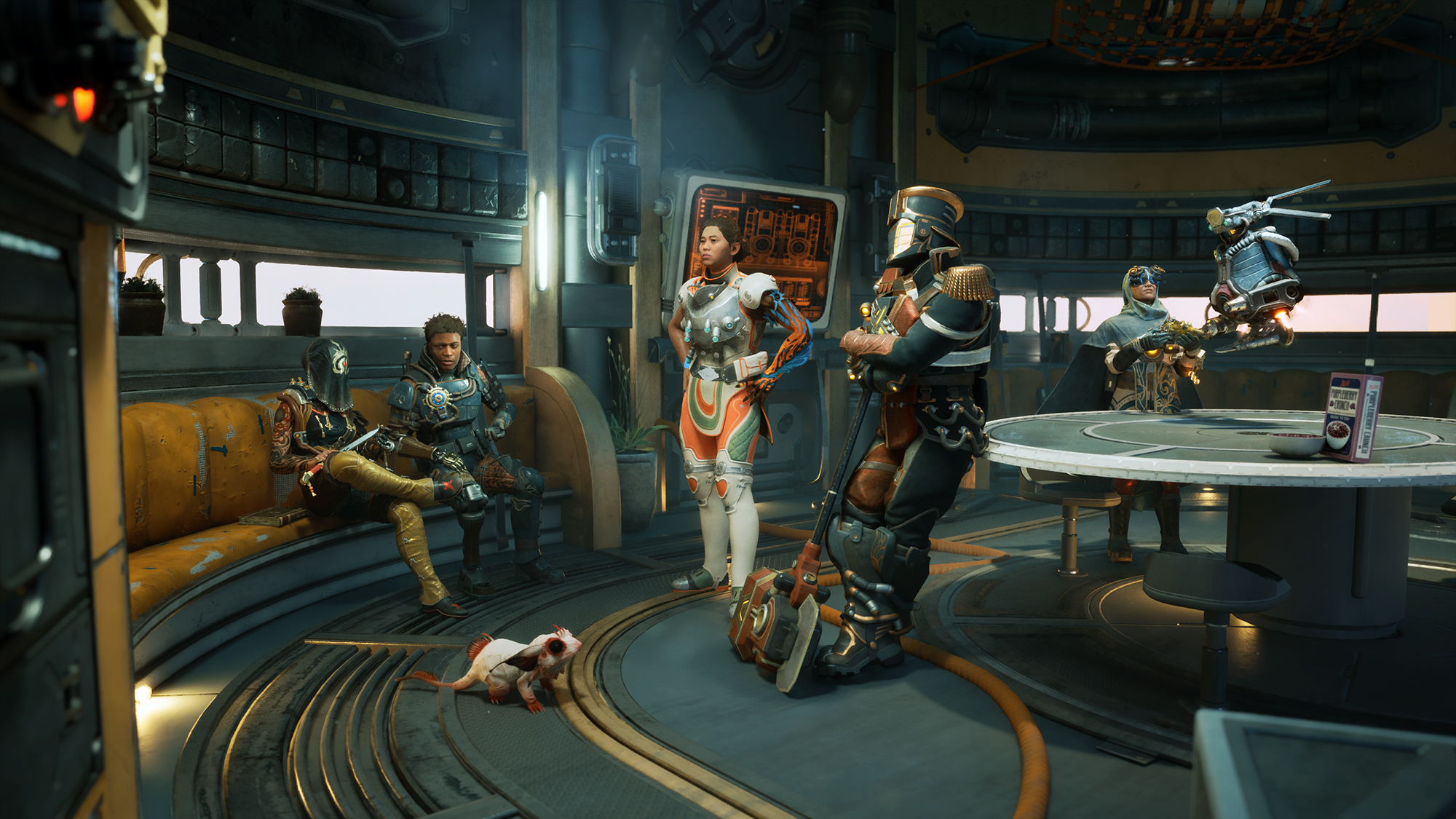OpenAI is planning on launching its first open-weight model in years

OpenAI is currently on a mission to announce as much news as possible. After revealing new image models, massive rule changes, and new features for free users, the AI giant has also revealed plans for an entirely new model.
While details remain shrouded in mystery, Sam Altman announced via X that this will be an open-weight language model — the first since GPT-2 launched way back in 2019.
In his announcement post, Altman said “Before release, we will evaluate this model according to our preparedness framework, like we would for any other model. And we will do extra work given that we know this model will be modified post-release”.
TL;DR: we are excited to release a powerful new open-weight language model with reasoning in the coming months, and we want to talk to devs about how to make it maximally useful: https://t.co/XKB4XxjREVwe are excited to make this a very, very good model!__we are planning to…March 31, 2025
So, what is an open-weight model and why are there plans to put in more work than usual before it is launched?
What is an open-weight model?
When we talk about AI models, there are three main types that come up: closed, open source, and open weights.
Closed types are the ones that we see most often. These include big names like ChatGPT and Google Gemini. They can be used via apps and websites the company offers, but there is no interaction outside of this.
Open source is where the company makes all of the code used to create, train, and run the AI model public. This allows the public to understand how the model is built and trained and use the code to train their own models.
Get instant access to breaking news, the hottest reviews, great deals and helpful tips.
Finishing off the list are open-weight models. These can be downloaded for free and modified. A model’s "weights" are the numerical parameters learned by the model during training.
Think of the weights as all the knowledge a model has. Imagine an AI model as a brain. The weights would be all the neurons connecting pathways together with everything it knows, the connections between thoughts and ideas, and its creative thinking and reasoning.
By accessing an open-weight model, it is possible to edit them to work on new or more specific tasks, or even simply analyze the data that is used to train these kinds of models.

What does this all mean?
For the average person, an open-weight model of OpenAI won’t be all that exciting. It requires a detailed understanding of AI models and the coding that goes into them, as well as a ridiculous amount of computing power.
This isn’t to say it won’t have far-reaching effects. When large companies release models that are more open to the public, it allows smaller companies to advance their own projects, tweaking an almost-finished model into something entirely different.
While these models can open up opportunities for innovation, they also pose a risk.
Open-weight models are cheaper to use and can be tailored for more sensitive use cases, handling highly confidential information, and keeping all of the information for the model on one isolated machine or server.
While these models can open up opportunities for innovation, they do also pose a risk. AI can, and has been, misused. Opening models up increases access to a wider group of people who can make dangerous AI models.
“Safety is a core focus of our open-weight model’s development, from pre-training to release. While open models bring unique challenges, we’re guided by our Preparedness Framework and will not release models we believe pose catastrophic risks,” said Johannes Heidecke, a member of the OpenAI team in a post on X.
Safety is a core focus of our open-weight model’s development, from pre-training to release. While open models bring unique challenges, we’re guided by our Preparedness Framework and will not release models we believe pose catastrophic risks. https://t.co/LPGpWJ6gsXMarch 31, 2025
“We are particularly focused on studying adversarial fine-tuning and other risks unique to open models. As with all model releases, we’re conducting extensive safety testing, both internally and with trusted third-party experts, prior to public release.”
This decision from OpenAI follows in the footsteps of other big AI models. Deepseek, Meta, and Google have all released open-weight models already and seem committed to pursuing this in the future.
More from Tom's Guide
- New study shows AI chatbots are undermining workers' self-confidence — and it raises some very serious questions
- DeepSeek blew away all other AI chatbots in our testing but Gemini 2.5 is now free — I tried 9 prompts to find a winner
- Forget ChatGPT— this site offers mind-blowing AI image generation for free

Alex is the AI editor at TomsGuide. Dialed into all things artificial intelligence in the world right now, he knows the best chatbots, the weirdest AI image generators, and the ins and outs of one of tech’s biggest topics.
Before joining the Tom’s Guide team, Alex worked for the brands TechRadar and BBC Science Focus.
He was highly commended in the Specialist Writer category at the BSME's 2023 and was part of a team to win best podcast at the BSME's 2025.
In his time as a journalist, he has covered the latest in AI and robotics, broadband deals, the potential for alien life, the science of being slapped, and just about everything in between.
When he’s not trying to wrap his head around the latest AI whitepaper, Alex pretends to be a capable runner, cook, and climber.
You must confirm your public display name before commenting
Please logout and then login again, you will then be prompted to enter your display name.





![HIDevolution [2024] ASUS ROG... HIDevolution [2024] ASUS ROG...](https://images.fie.futurecdn.net/products/848664f20a82da37ee7b66f813eb40cdef2cfcf5-100-80.jpg.webp)



